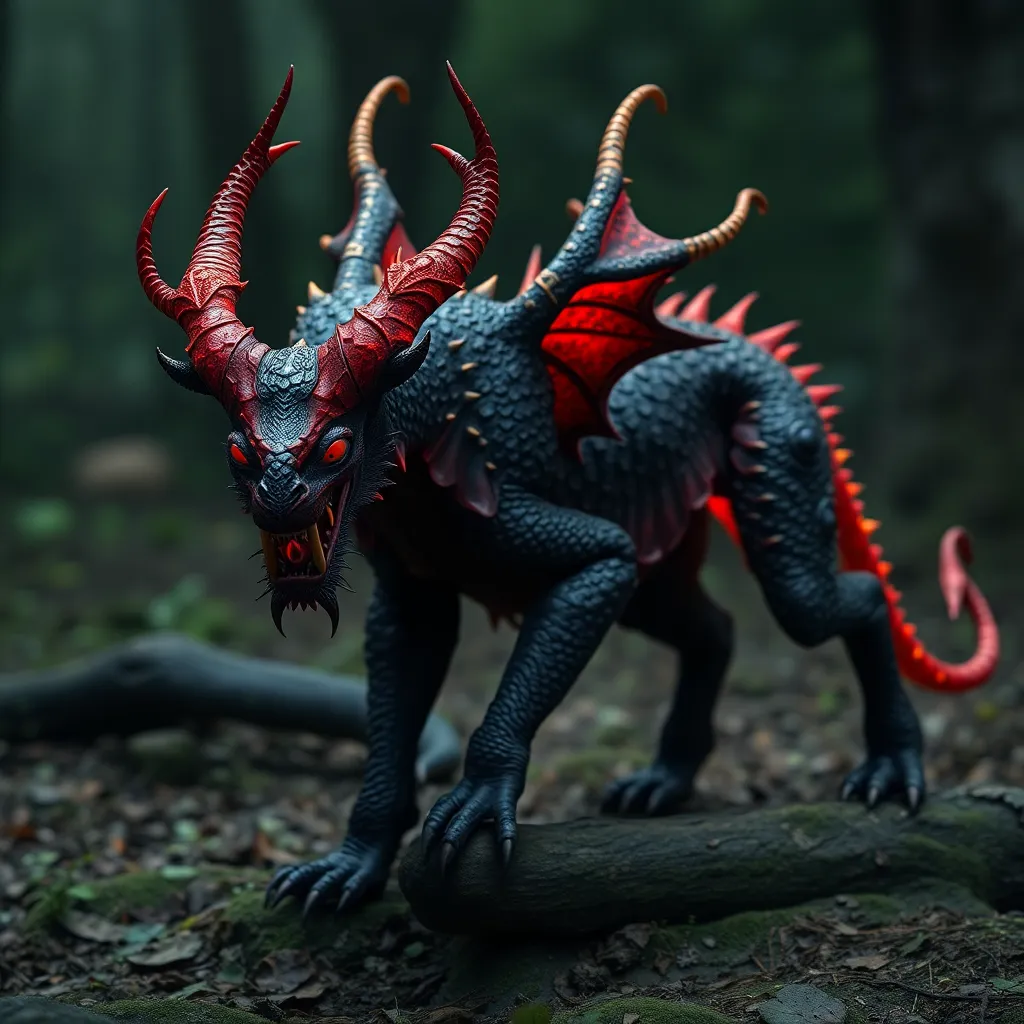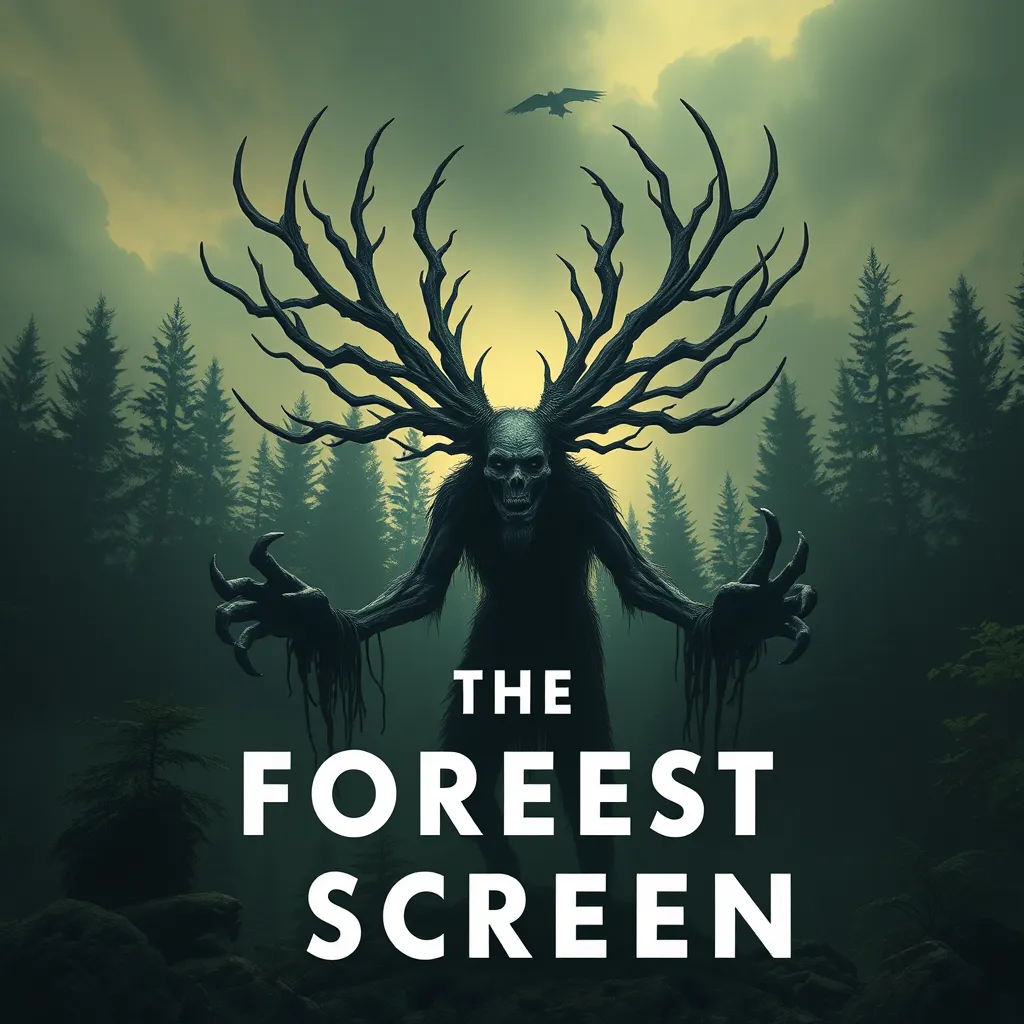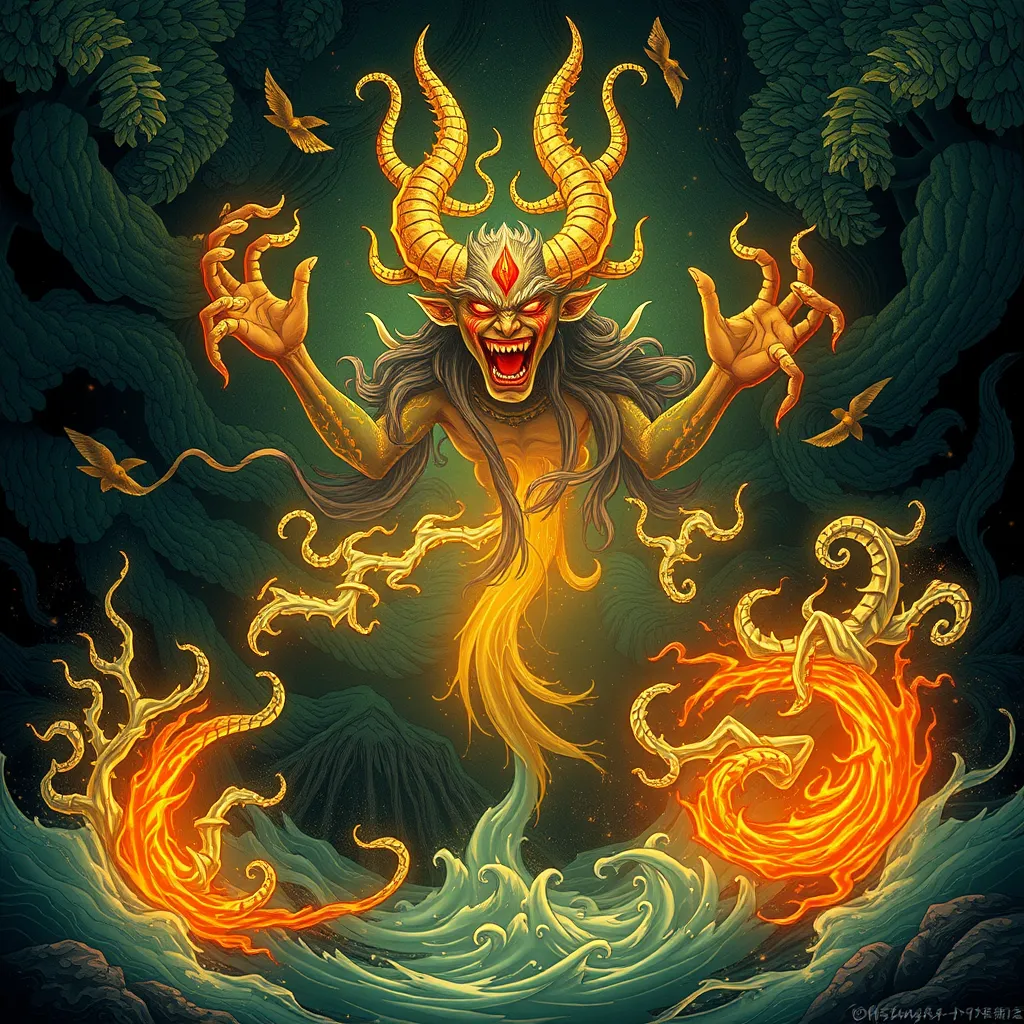Manticore: The Real-Life Inspiration for the Mythical Beast?
I. Introduction
The Manticore is a legendary creature originating from ancient mythology, often described as possessing the body of a lion, the face of a human, and a scorpion’s tail. This fearsome beast has captured the imaginations of many cultures, symbolizing danger and the unknown.
Exploring the real-life inspirations behind mythical creatures like the Manticore offers insight into how human beings have interpreted their environment throughout history. These explorations can illuminate the ways in which ancient peoples attempted to explain the unexplainable.
This article aims to delve into the origins of the Manticore myth, possible real-life inspirations, its symbolism, and its enduring influence in modern culture.
II. The Origin of the Manticore Myth
The Manticore first appeared in Persian mythology, where it was referred to as “Mardīkhora,” meaning “man-eater.” Ancient texts, including those from Herodotus, detail this creature as a formidable predator, reflecting the fears of the societies that created it.
In addition to its Persian roots, the Manticore found its way into Greek mythology, where it was often depicted in art and literature. Its hybrid characteristics—combining human, animal, and monstrous features—made it a potent symbol of chaos and danger.
Key characteristics attributed to the Manticore include:
- A lion-like body, symbolizing strength and ferocity.
- A human face, representing intelligence and cunning.
- A scorpion’s tail, which adds a lethal and venomous element to its nature.
III. Possible Real-Life Inspirations
To understand the origins of the Manticore myth, we can examine ancient animal fossils and remains that may have influenced its conception. Various extinct species could have played a role in shaping the Manticore’s characteristics.
A. Examination of ancient animal fossils and remains
1. Extinct species that may have influenced the Manticore myth:
- The Smilodon (saber-toothed cat) – Known for its powerful build and large canines, it could have inspired tales of ferocious beasts.
- The Thylacine (Tasmanian tiger) – With its dog-like features and striped back, it might have contributed to the idea of hybrid creatures.
2. Examples of large predatory animals in history:
- Woolly Mammoths – Their massive size could have inspired fears of giant beasts.
- Giant Ground Sloths – Their unusual appearance may have contributed to the mythology of hybrid creatures.
B. The role of misinterpretation in ancient descriptions
Misinterpretation played a significant role in the shaping of the Manticore myth. Ancient travelers often embellished their tales, leading to exaggerated descriptions of the creatures they encountered.
Travel tales were filled with wonder and curiosity, but they also reflected the cultural biases of the time. As stories traveled across regions, the blending of different mythologies resulted in the creation of composite creatures like the Manticore.
IV. Symbolism and Interpretation
The Manticore serves as a representation of fear and danger, embodying the anxieties of the societies that created it. As a hybrid creature, it symbolizes the merging of different cultural fears into a single narrative.
The psychological and societal implications of hybrid creatures like the Manticore are profound. They can represent the fears of the unknown, societal chaos, and the blending of different cultural identities.
In art and literature, the Manticore reflects human fears and serves as a cautionary tale. It often appears in works that explore themes of monstrosity, morality, and the duality of human nature.
V. Comparative Mythology
Comparative mythology reveals similarities between the Manticore and other hybrid creatures from global mythologies. This highlights the universal tendency to create composite beasts as a means of storytelling.
A. Similarities with other hybrid creatures in global mythologies
- Chimera: A fire-breathing creature with parts from various animals, embodying chaos and destruction.
- Griffin: A noble creature with the body of a lion and the head and wings of an eagle, symbolizing strength and protection.
- Sphinx: A creature with the body of a lion and the head of a human, known for posing riddles and representing mystery.
B. Cross-cultural analysis of mythical creatures and their origins
Through cross-cultural analysis, we can identify common themes in the creation of mythical creatures. These composite beasts often serve to convey moral lessons, reflect societal fears, or embody natural phenomena.
VI. The Manticore in Modern Culture
In contemporary media, the Manticore has found a resurgence in popularity, appearing in books, movies, and games. This reflects a renewed interest in mythical creatures and their narratives.
Notable representations of the Manticore include:
- Fantasy novels that explore magical worlds and hybrid creatures.
- Films that depict epic battles between heroes and mythical beasts.
- Video games featuring adventures that include encounters with the Manticore.
The Manticore’s impact on fantasy genres and storytelling is significant, as it continues to inspire creativity and imagination in various forms of media.
VII. Scientific Perspectives on Mythical Creatures
Modern science, particularly paleontology and zoology, plays a crucial role in understanding the origins of myths like the Manticore. By studying ancient fossils and animal behaviors, scientists can provide insights into how these creatures may have been conceived.
Through the lens of modern science, we can interpret ancient myths in a new light. The intersection of myth and natural history reveals the ways in which storytelling has evolved alongside human understanding of the world.
VIII. Conclusion
In conclusion, the Manticore is a fascinating example of how mythology can be influenced by real-life inspirations. Its rich history and symbolic significance continue to resonate in contemporary culture.
The enduring nature of myths like the Manticore highlights their relevance in understanding human fears and the complex relationship between reality and mythology. Ultimately, the Manticore serves as a reminder of our collective imagination and the stories we create to make sense of the world around us.



